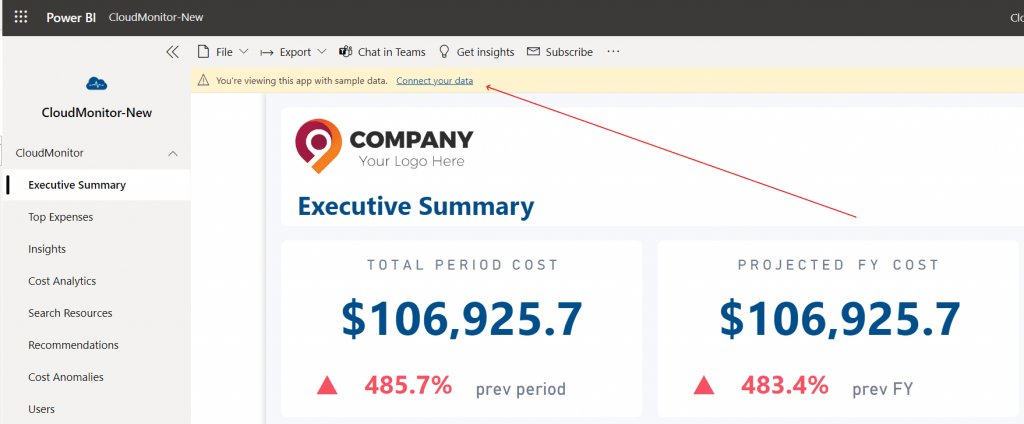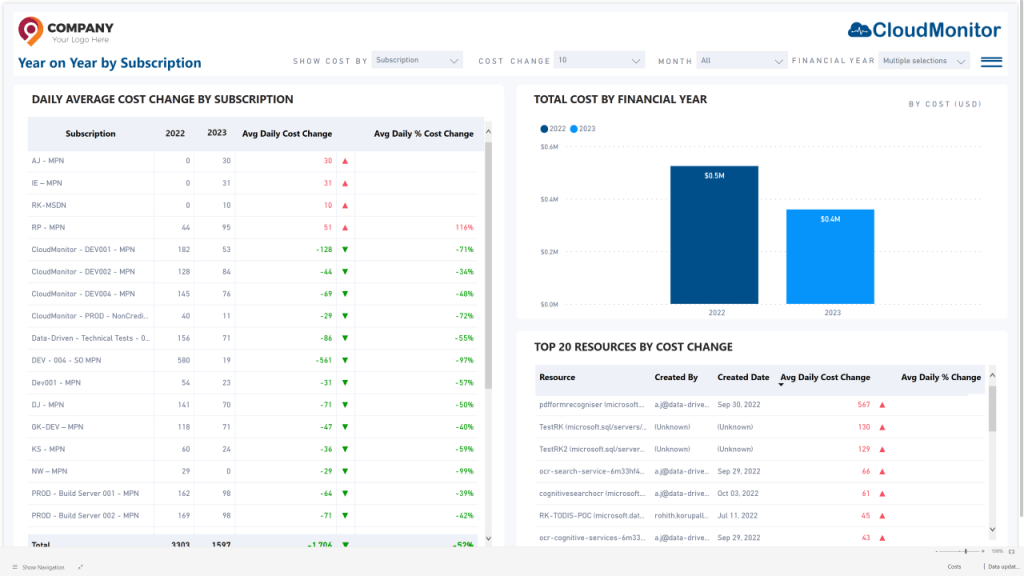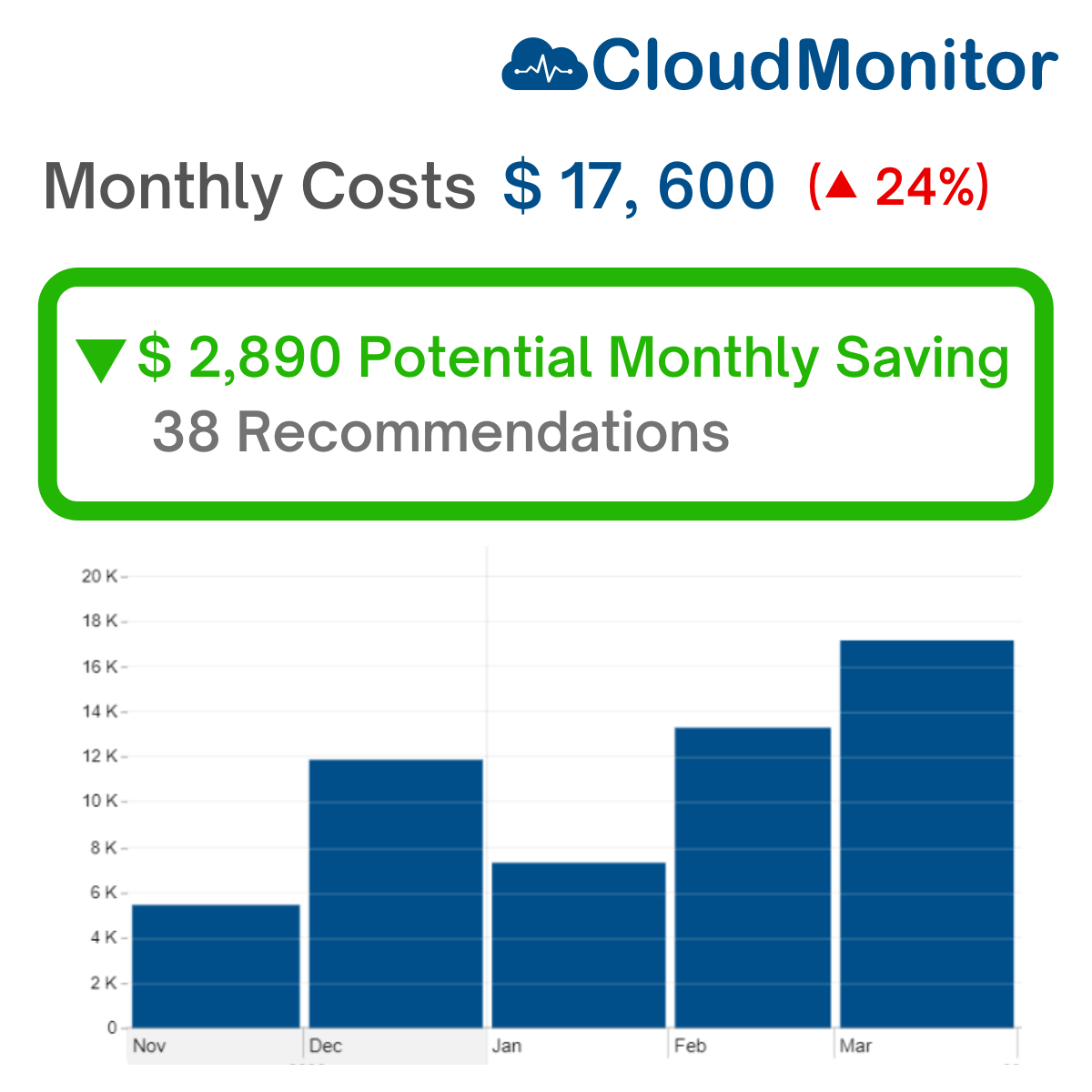Learn more about the Project Manager FinOps Role
Project Manager FinOps Role Objectives
Having a project manager FinOps role in an organization, you play a crucial role in achieving various objectives that contribute to the overall success of the business. Your responsibilities are centered around driving growth, optimizing efficiency, and delivering value. Here are the key objectives you strive to achieve:
Accelerate Product Growth YoY: One of your primary objectives is to foster continuous product growth year over year. This involves identifying opportunities to expand the product portfolio, enhance existing offerings, and enter new markets. By leveraging FinOps practices, you can strategically allocate resources and investments to fuel innovation, conduct market research, and develop product roadmaps that align with customer needs. Through effective cost management and optimization, you can ensure that resources are utilized efficiently to support sustainable growth and maximize profitability.
Decrease Time to Market: Time to market is a critical factor in today’s competitive landscape. As a Project Manager, you focus on streamlining processes, optimizing workflows, and minimizing bottlenecks to accelerate the delivery of products and services. By leveraging FinOps principles, you can identify cost-effective strategies to enhance the speed and efficiency of development cycles. This may involve leveraging cloud services, automation tools, and agile methodologies to reduce development and deployment timelines. By effectively managing costs and resources, you enable faster time to market while maintaining financial discipline.
Deliver Innovative, Market-Leading Solutions: In a rapidly evolving market, delivering innovative solutions is essential to stay ahead of the competition. Acting as the project manager FinOps role, you collaborate with cross-functional teams to drive creativity, foster innovation and bring groundbreaking ideas to life. By incorporating FinOps practices, you can ensure that cost considerations are embedded in the innovation process. This involves evaluating the cost implications of new technologies, conducting cost-benefit analyses, and identifying cost-efficient approaches to deliver cutting-edge solutions. Through effective financial planning and resource allocation, you can strike a balance between innovation and cost-effectiveness, enabling the organization to deliver market-leading products and services.
Cost Optimization and Efficiency: Taking on the project manager FinOps role, you are responsible for optimizing costs and enhancing operational efficiency throughout the project lifecycle. This involves identifying opportunities for cost reduction, implementing cost-saving initiatives, and monitoring project budgets to ensure financial targets are met. By leveraging granular cost visibility and accurate financial data, you can identify areas of inefficiency, implement cost controls, and make data-driven decisions to achieve overall cost-per-unit reduction. This includes managing costs during growth phases to avoid excessive spending, as well as implementing disproportionate cost reduction strategies during flat or declining periods.
In summary, with a project manager FinOps role in an organization, your objectives revolve around accelerating product growth, reducing time to market, delivering innovative solutions, and optimizing costs and efficiency. By aligning your project management practices with FinOps principles, you contribute to the organization’s success by driving growth, maximizing value, and ensuring financial discipline throughout the project lifecycle.
Project Manager FinOps Role Capabilities
Project Manager FinOps Role Challenges
The project manager FinOps role in an organization often encounters several challenges related to cloud cost management. One of these challenges is the unpredictable and sometimes chaotic nature of cloud spend. The dynamic pricing models and usage patterns associated with cloud services can make it difficult for Project Managers to accurately forecast and control costs, leading to potential budget overruns or inadequate resource allocation.
Another challenge is the difficulty in predicting costs closely enough for new features and products. When introducing innovative solutions or rolling out new functionalities, the project manager FinOps role needs to estimate the associated costs accurately. However, the evolving nature of cloud services, coupled with uncertainties in usage patterns and pricing structures, can result in pricing misses and unexpected financial implications.
Additionally, Project Managers may face challenges in predicting how costs will change when launching existing products in new regions or markets. The cost dynamics of cloud services can vary across different geographical regions, and factors such as data transfer, compliance requirements, and local market conditions can impact the overall cost structure. Without comprehensive insights into these cost implications, Project Managers may struggle to make informed decisions and properly plan for the financial aspects of expanding into new markets.
To address these challenges, the project manager FinOps role can leverage cloud cost management tools and practices. This includes implementing robust monitoring and tracking mechanisms to gain visibility into cloud spend, leveraging cost estimation tools and historical data to improve cost predictions for new features and products, and conducting thorough cost analysis and modeling when expanding into new regions or markets. By effectively managing cloud costs, Project Managers can enhance their project planning and execution, optimize resource allocation, and ensure the financial viability of their initiatives.
How CloudMonitor Can Help the Project Manager FinOps Role

Cloud Cost Data
With CloudMonitor, you can effortlessly handle the entire process of Data Ingestion and Normalization by simply connecting your data, relieving you of any further responsibilities. CloudMonitor takes charge of transforming and processing your data sets using your API cost data in read-only mode. By doing so, it prepares comprehensive reports that offer enhanced visibility into your cloud spend. This streamlined approach ensures that you can easily access detailed insights without the need for manual data manipulation. With CloudMonitor taking care of the data transformation and processing tasks, you can focus on leveraging the generated reports to gain valuable insights into your cloud expenditure and optimize your cost management strategies effectively.
Month on Month Report
CloudMonitor provides valuable assistance in dealing with the unpredictable and occasionally chaotic nature of cloud expenditure. By utilizing the Month on Month pages, you can effectively monitor and analyze the fluctuations in costs over time, allowing for a deeper comprehension of the dynamic pricing models associated with specific resources. This comprehensive visibility into cost trends enables you to identify the dips and peaks in expenditure, ultimately enhancing your understanding of the factors impacting your cloud spend.


Year on Year Report
CloudMonitor offers the Year on Year pages, which provide a valuable tool for detecting and monitoring usage patterns of specific cloud services within your organization. By analyzing these usage patterns, you can gain insights that remove the unpredictability associated with cloud expenditure, allowing for more accurate budgeting and cost planning. With a clear understanding of how cloud services are being utilized over time, you can make informed decisions, anticipate resource demands, and optimize cost allocation to align with your organization’s budgetary goals.
